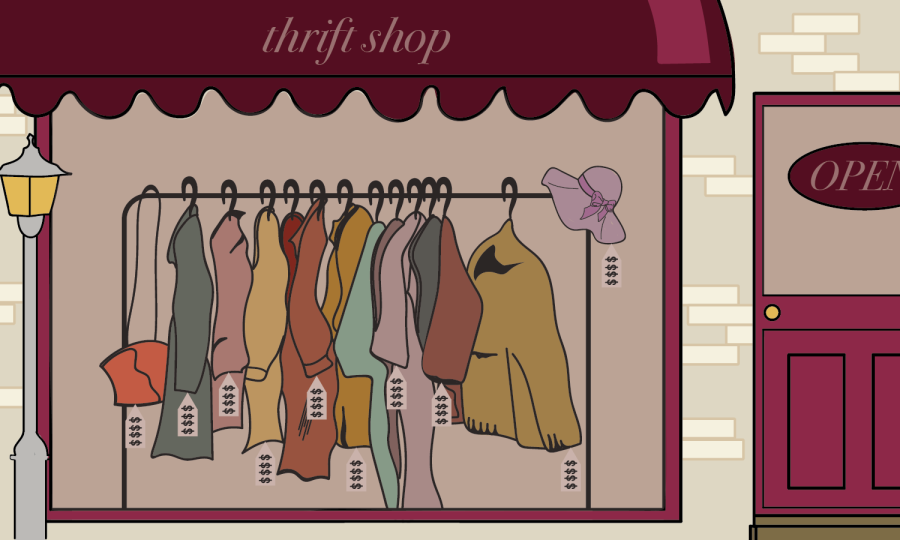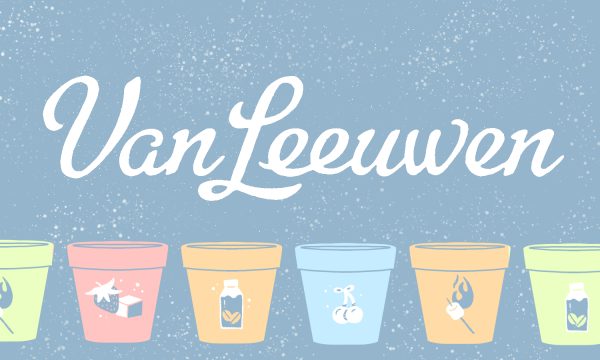Tusinski: Why Colorado is crawling with professional thrifters
November 14, 2022
Editor’s Note: All opinion section content reflects the views of the individual author only and does not represent a stance taken by The Collegian or its editorial board.
Secondhand clothing is experiencing a second life, for better or worse.
Over the last few years, thrifting has become a hefty social phenomenon. TikTok influencers and climate activists alike have been highlighting the environmental benefits of shopping secondhand, and as a result, it’s become trendy to see what you can score at your local thrift shop.
That’s not a bad thing in and of itself. It’s true that thrifting is beneficial for the environment, and it’s even more beneficial that people are starting to embrace being greener with their wardrobes.
What’s bad about the thrifting boom is that it’s disproportionately hurting the low-income communities who have relied on secondhand stores for years.
Both thrift shops and thrift shoppers are capitalizing on the sudden boom of secondhand shopping. With more people than ever visiting thrift stores, there’s much more money to be made in the business, and everybody wants a piece of the metaphorical pie.
Coupled with rising inflation, the influx of shoppers is incentivizing thrift shops to raise their prices nationwide. Casual shoppers and hardcore thrifters alike are reporting sudden spikes in the prices of products across the board. I mean, hell, Goodwill recently opened an online shop that sells designer clothes, rings and accessories for hundreds of dollars.
Again, that’s not necessarily bad on its own. After all, thrift stores are businesses, and they need to make money. But when historically inexpensive stores start drastically raising their prices, it pushes out the low-income communities who need the cheap clothing offered by thrift shops.
“While it’s good that more people are looking to help minimize their environmental footprints by shopping secondhand, it’s becoming increasingly clear that the ripple effects being created by the thrifting trend are doing much more harm than good.”
It’s not just the thrift stores that are pricing out low-income people from the resale scene. If you hit up thrift shops as frequently as I do, you’re probably noticing there seems to be less and less good stuff on the shelves each time you go, and that’s not a coincidence. It’s a direct result of so-called professional thrifters.
For affluent shoppers, going thrifting has become something of a business, with some people even going so far as to dub themselves professional thrifters. Many professional thrifters have made a livelihood out of secondhand shopping: They go to multiple thrift stores a day, buy all the good stuff and resell it for huge markups on secondhand markets.
Not only does scooping up all the good stuff hurt lower-income folks who need clothing from thrift shops, it also hurts your fellow thrifters. By buying desirable clothing in bulk, professional thrifters and resellers are taking the fun out of it for everybody else.
The practice of professional thrifting has hit Colorado’s Front Range particularly hard. The Denver area was declared the country’s best place for thrifting in an analysis this year, and as a result, there’s been an influx of secondhand resellers looking to strike gold in Colorado’s thrift stores.
Now, I can always respect a good hustle. But making money off of cheap clothing that’s desperately needed by lower-income communities is not a good hustle.
At the end of the day, that’s what it all comes down to. Instead of being a way to find good, cheap clothes, thrifting has become a hustle for both thrift stores and thrift shoppers alike. While it’s good that more people are looking to help minimize their environmental footprints by shopping secondhand, it’s becoming increasingly clear that the ripple effects being created by the thrifting trend are doing much more harm than good.
Reach Dylan Tusinski at letters@collegian.com or on Twitter @dylantusinski.








D • Sep 9, 2023 at 9:16 am
Thrift stores have an INSANE amount of waste and throw out majority of stock. Saying flippers are the issue is only looking at one TINY portion of a much bigger pie. WASTE is the problem, over consumption is the problem, fast fashion is the problem. Not secondhand shoppers making small businesses. Stop fighting for giant corporations